Introduction
It's time installment of DOTAnomics. You got crushed this weekend in DOTO; it's okay. Send your friends to review Illest's "Winning the Safe Lane" guide. It can't hurt. For now, however, take a moment to appreciate Valve's microeconomy triumphs with me. The differences between Riot's market structure, a monopoly, and Valve's monopolistically competitive market. For those of you in need of a review, myself included, here's the article: The Workshop and Market Structure.
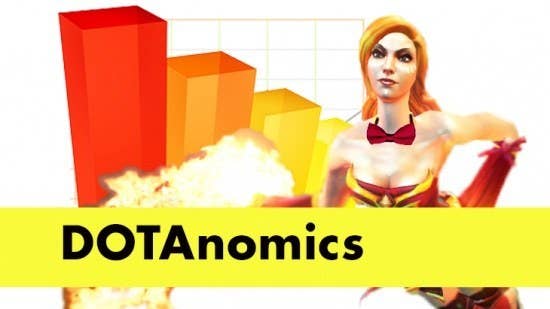
We'll summarize Riot's game plan in a single short bullet:
All money goes to Riot.
It's a monopoly. We discussed this the last time. Riot prohibits competition by owning the marketplace, they're the singular creator and provider of in-game goodies, and all of the profits funnel directly in to Riot's coffers. That's all we need to know. It's not an inherently diabolical system; we attach that sentiment because, at least in reference to Americans, we're taught to passionately embrace the boundless possibilities free enterprise heralds. But we're done with Riot Games, we know where the money is going. Valve created a microeconomy where money goes to themselves, Workshop artists, professional players, and even the filthy casuals. If that sounds unusual to you, then read on.

The Three Elements of the Microeconomy
We're not going to get abstract this week. We're not creating theoretical markets and market entities. This is Economics-lite. Before enduring examples of how everyone is benefiting from this system, we should probably lay out how Valve's microeconomy is structured. There's three elements of it, and through these elements Valve, artists, professionals, and the casual players make money.
First, there's the Workshop . This is where artists submit their finished work for community review. There's a lot of competition, therefore artist's produce at the greatest possible quality they can muster. If something is beloved by the community, it receives up-votes. If people hate it, there's down-votes. It's a simplified measure of both a work's popularity and the likelihood of someone purchasing it.
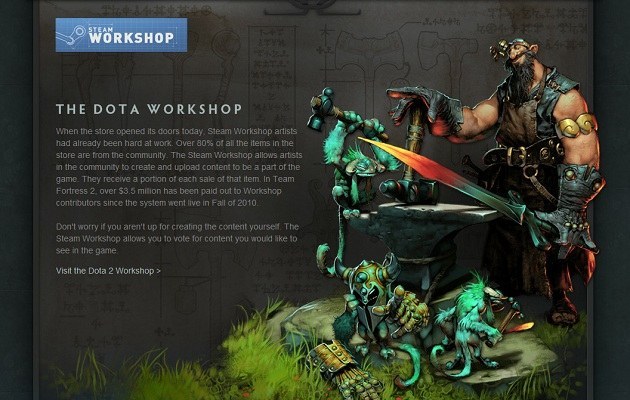
Second, there's the Dota 2 Store. This is where finished works go if Valve decides to implement them in-game. There's a number of variables that determine an item's acceptance to the Dota 2 Store, and the criteria, strictly speaking, is known only within Valve's office. Works accepted in to the Dota 2 Store split profit between the artist, Valve, and any third-parties involved in creation.

Third, there's the Steam Community Market. This element of the microeconomy is a wondrous addition. This allows the "Weekend Warriors" to sell items they've acquired in-game to other players. You decided to open one of the TI3 Chests, and you received an Unusual Fezzle-Feez the Magic Carpet Smeevil. First off, I hate you. Second, you can sell that courier for approximately $170.00. Sure, Valve takes 10%, but you still have $153.00 to spend anywhere you desire in Steam. That's a respectable Return on Investment.
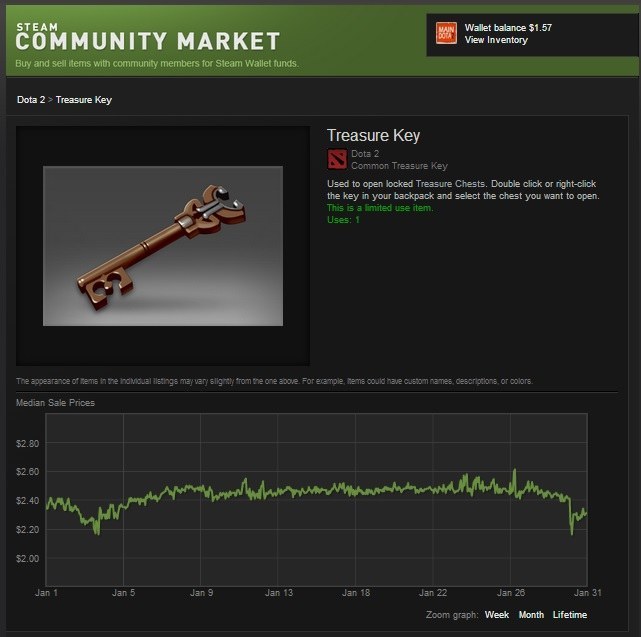
So that's the three aspects of the microeconomy. Take the time. Check them out. I provided the links so you can jump there directly from this article. Appreciate the freedom this system brings, and consider the benefits it provides to everyone in the Dota 2 community. It's pretty self-explanatory how Valve is creating income for themselves; they're pulling a portion of all transactions for themselves. So we're next going to look at three ways these aspects of the microeconomy are benefiting the artists, the professional players, and ourselves.
Artists as Celebrities and Success Stories
The best artists occupy a very special place in the heart of the Dota 2 community. The greatest amongst reach a pinnacle of praise and appreciation that rivals professional players in many instances. Arguably, the income of the most prominent Workshop artist exceeds the salary many professional players receive, but that's pure speculation on my part. If you're unconvinced of the celebrity status, take a look at the autographs available.

You'll find casters, professional players, and voice actors. T_Vidotto and Anuxi, two of the most recognized Workshop artists, are artists with their own autographs (You'll also find Primrose!~, Danidem, and Chemical Alia among others). If you've never heard of either of them, I'll expand. T_Vidotto is responsible for both BurNing's Antimage set and Lod[A]'s Phantom Assassin set; both are available in the Dota 2 Store right now. He's the creator of Nexon's Baehko courier, LGD's Golden Skipper, EG's Throe, IG's Yonex's Rage, and Beyond the Summit's El Gato. He embraced the possibilities of the Workshop, and he's actively collaborated with other Workshop artists, professional teams, and organizations to create the above mentioned in-game items.
Dread of the Gleaming Seal Set

T_Vidotto during DOTA2 To International Tournament 3

Anuxi has created several high-quality sets for a number of heroes. She burst forward to Workshop prominence with her Polycount Contest entry, Crystal Maiden's Winter Snowdrop. While she's created two Enchantress sets and two Naga Siren sets and a number of others, the majority ported to the Dota 2 Store, she's the only artist to have her own in-game chest drop. The Treasure Chest of the Shaper Divine was packed full of Anuxi-created goodies, the contents can be found here.
Workshop Artist Anuxi During DOTA 2 International Tournament 4
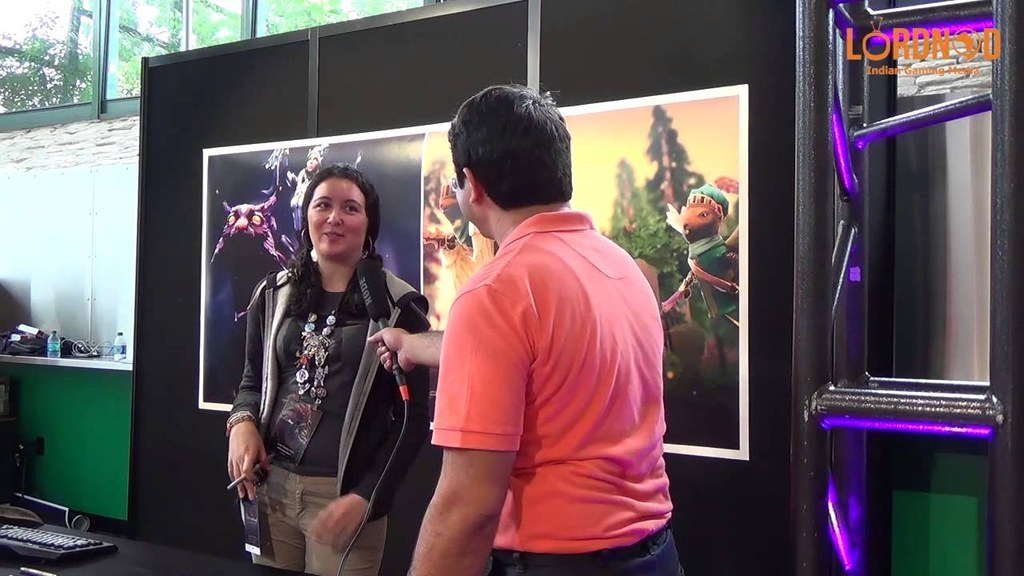
In an article with PC Gamer, found here, Cassandra Khaw interviewed some of the artists. Artists are keeping 25% of total sales of their items. BrontoThunder, co-creator of ixmike88's Crystal Maiden set and Sing's Kunkka set, "says he earns enough from his creations to make full-time development of Dota 2 items a viable profession." You can't find the level of respect, admiration, and worship given to great artists like these in any other game; nor can you find an artist that's able to sustain themselves on the income they receive from creating cosmetics.
Before moving on, two very talented Workshop contributors stream on Twitch: Here's Anuxi, and here's Helenek of Red Moon Studios. Their skills are mind-blowing. If you're interested in DotaCinema's favorite Workshop contributions every week, check out Top 5 Workshop at the YouTube channel.
Infamous DOTACINEMA set of Sven

Player + Artist Collaboration
Low salaries for professional Dota 2 players has been a hot topic recently. What began as a series of tweets between several professional players over a forfeit escalated to a serious discussion about e-sports salaries. Loda ruminated on this in a blog post found here. While Rattlesnake made the contracts of their players available without the players' permission in an effort to improve transparency, the nightmare Speed Gaming has endured is the stuff of legends. It's a story about Speed's players and their dedication to the game, but it also documents the difficulties professionals encounter in the quest to dedicate themselves full-time to their craft.
Dota 2 Team Newbee Wins $5 Million At International 4
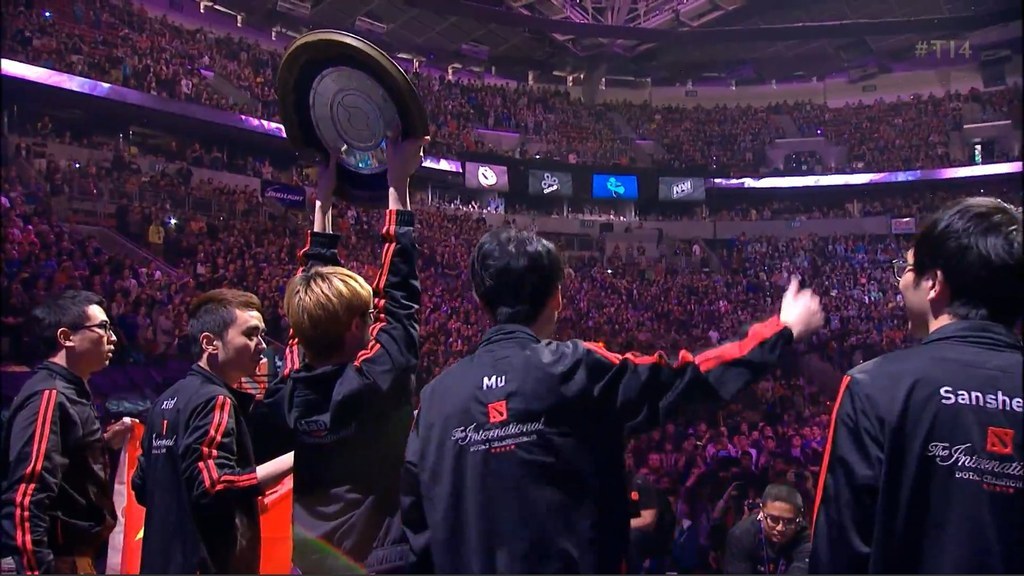
But that's where the Workshop and the Dota 2 Store comes in. While it's not a replacement to a respectable salary for the level of commitment that players invest in their performance, artists and players have been collaborating to create sets. These sets, like the ones I've mentioned above, provide an important source of income in a field of austere salaries. While I've mentioned the lion's share of player and artist collaborations, I'd like to put forward the remaining sets.
We have Alliance's Alchemist set, Iceiceice's Spirit Breaker set, and Kuroky's Rubick set. These sets come with Spectator gems so you can track the number of games you've watch each player participate in. We're a long way from fixating the inadequacies of the salaries of professional players, but this is something that Valve alluded to awhile back, and it's a wondrous step forward.
KuroKy's Set of the Cruel Magician

Auctioning
So we know how this microeconomy is helping the artists and the professional players. But what about us? We play, we're fans. Where's our slice? Well, our slice is mostly available from selling those drops we get on the Market. Some sell for ten cents, and others sell for upwards of a few dollars. Making money on a free-to-play game is already pretty impressive. How does it get better?
Pink Ethereal Flame War Dog that worth 38K USD
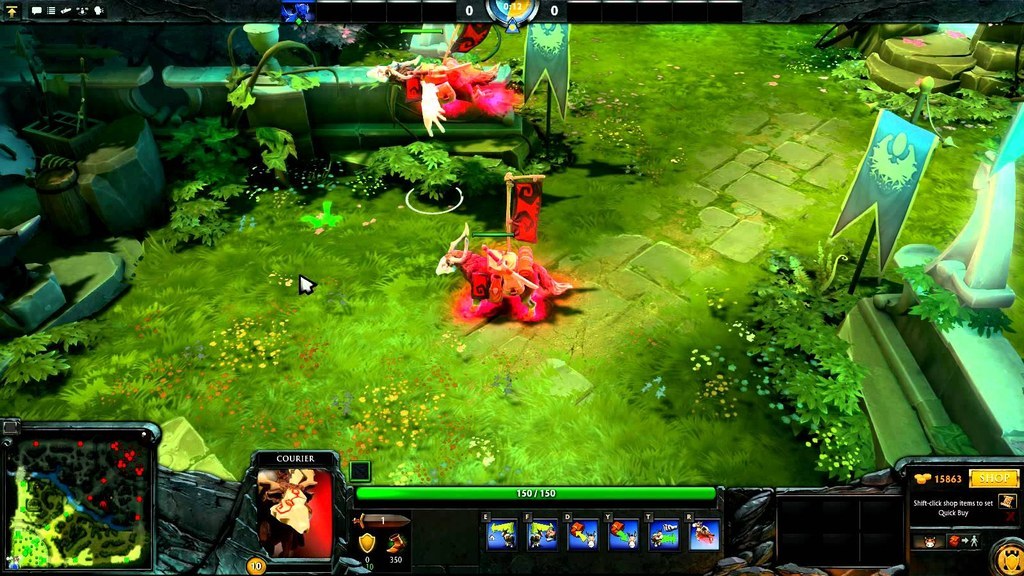
Well, if you had the luck of finding a Pink Ethereal Flame War Dog, you could have made $38,000. The Ethereal Flame gem, now that the Three Spirits Update has arrived, will still sell pretty well. There's Immortal Couriers from the past three Internationals that'll also fetch a pretty penny. On the more innovative side of the house, I point you to this auction:

The seller is an IT student, and he's looking to make a little bit of extra money. In the entrepreneurial spirit, he's packaged together a Frost Owl Beacon with three gems, Winter Solstice Fashion with five gems, three cosmetic tournament drops, CM's ward, her Snowangel taunt, and the Snows of Frostivus HUD. While the auction was cancelled, the idea is still an innovative approach to Valve's marketplace. We can look forward to more endeavors like this in the future.
Conclusion
It's remarkable that in Valve's system everyone can turn a profit. While we expected Valve to make something, it's surprising to see a microeconomy where everyone wins. Workshop artists can procure a sustainable income, professional players can secure a chunk of profits through collaboration, and even the casual player can make money in a free-to-play game. Find me where something like this happens in another game, much less a game in this genre? I don't think you will.
So the next time you're ready to complain about "moar hats," take a moment to think about who those hats are helping out. Valve's not burning daylight making the cosmetics; they have entrusted the community to do it. They're churning out updates, creating heroes, and applying a high level of polish. They have given, through the elements of the microeconomy, players and artists the opportunity to make a living doing what they love in a game they enjoy. It's pretty damned sweet.
Article Credit: DOTACINEMA
Image Credit: Pyit Sone Oo
NOTE: Some part of the article are edited version from original article for latest facts/news update. I'm truly sorry if I offended anyone in this article. I've no right to gain any credits from this article or intention to claim the rights.
Sincerely, KazeXKumo.

